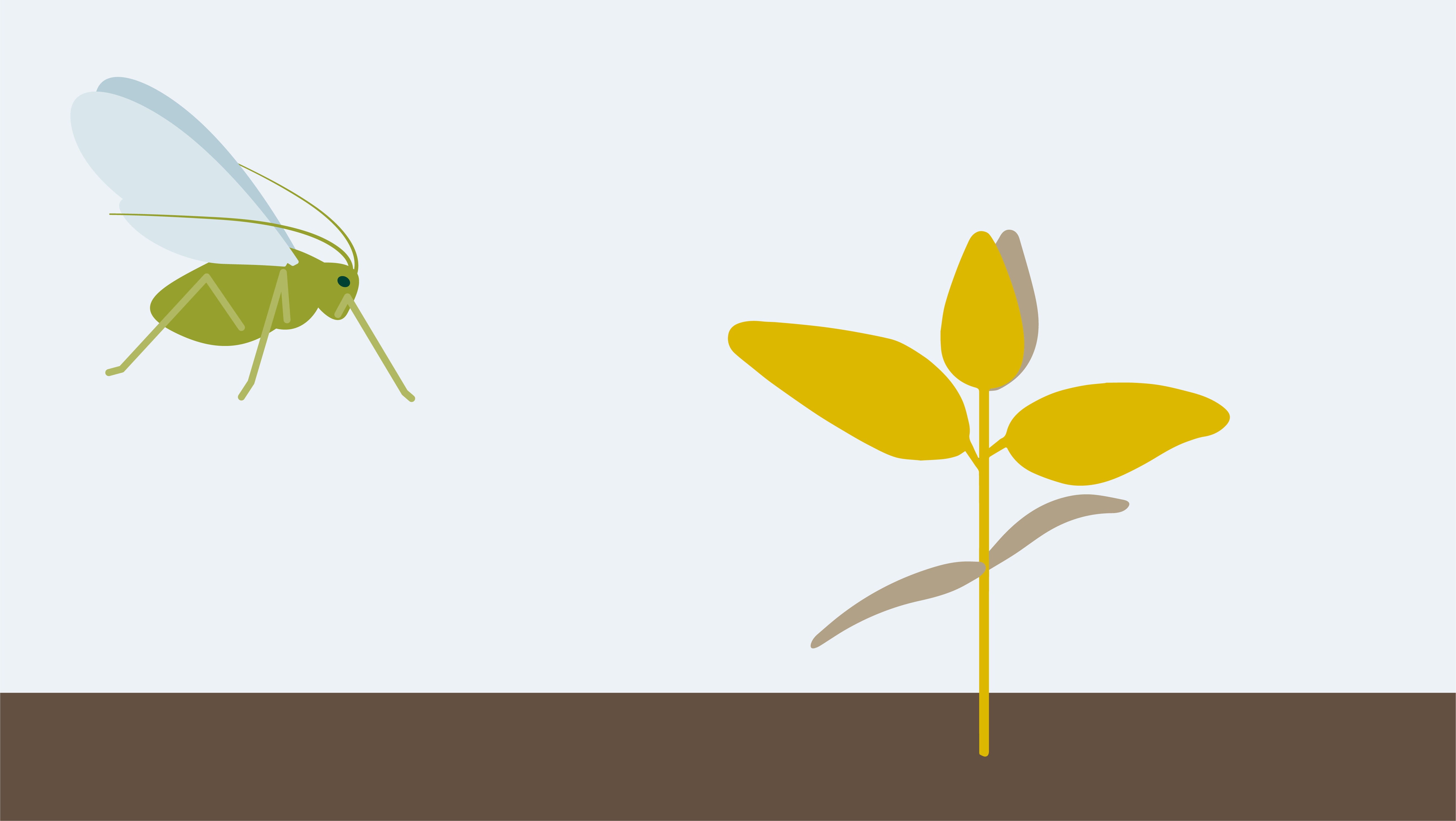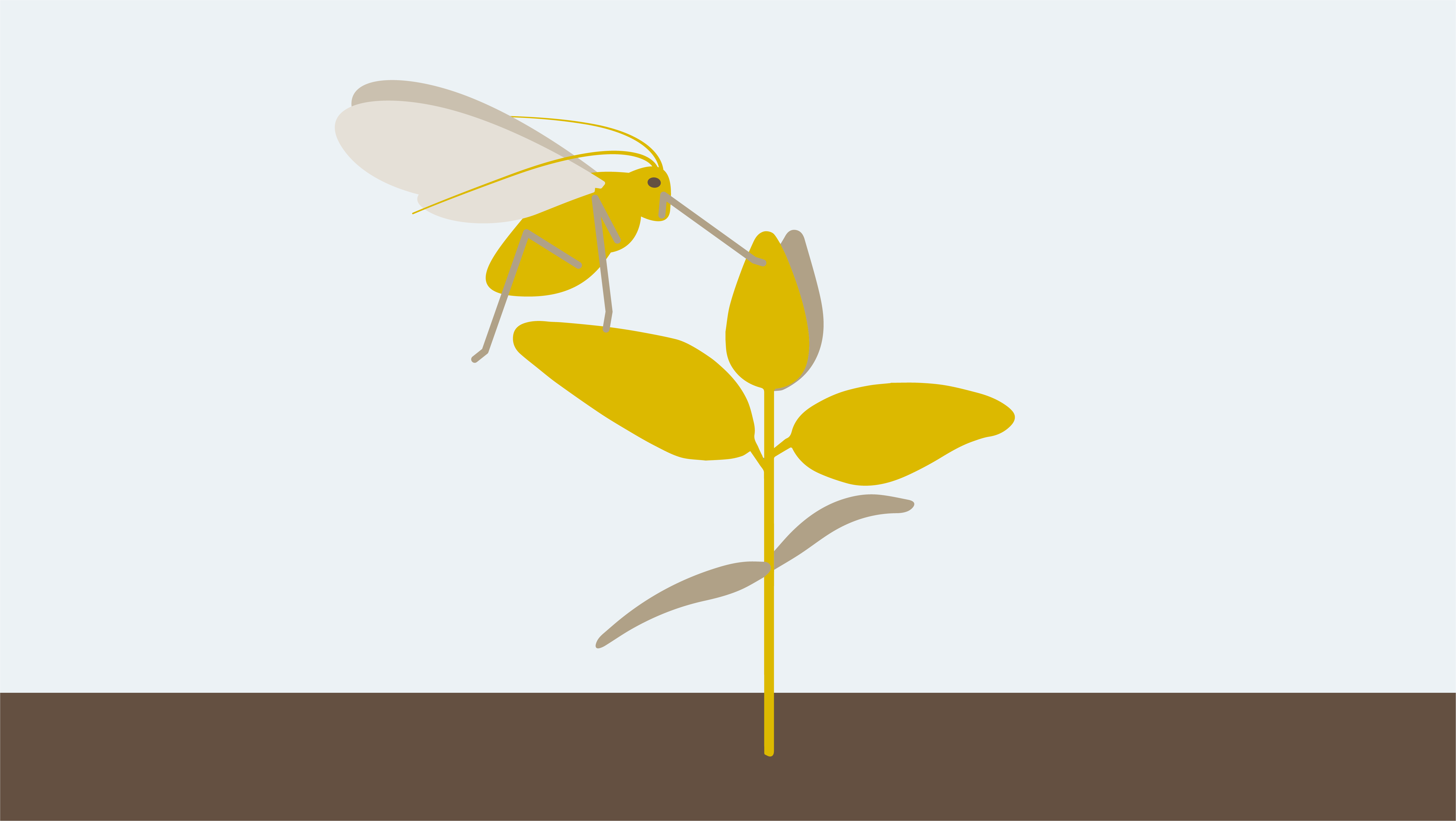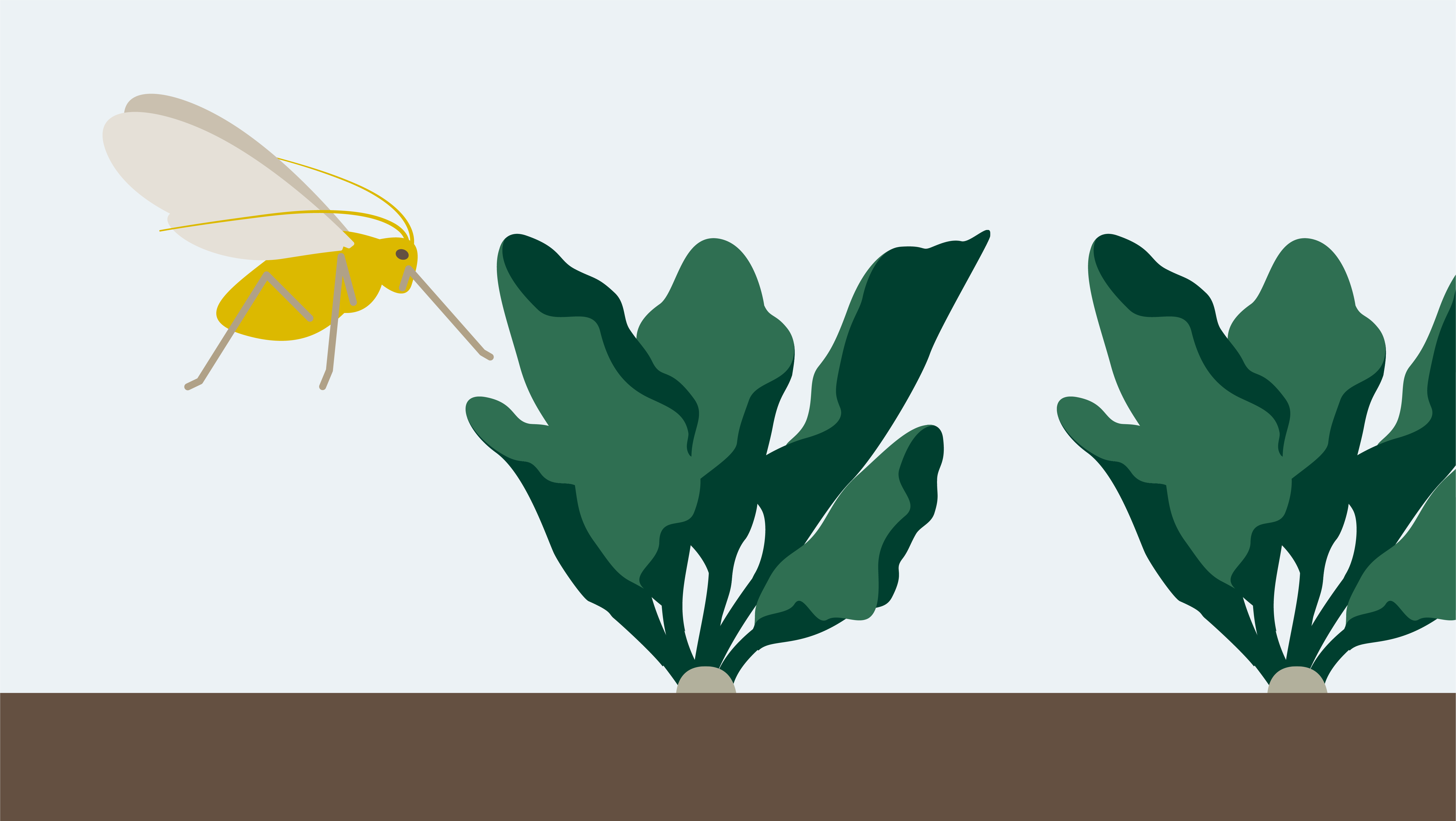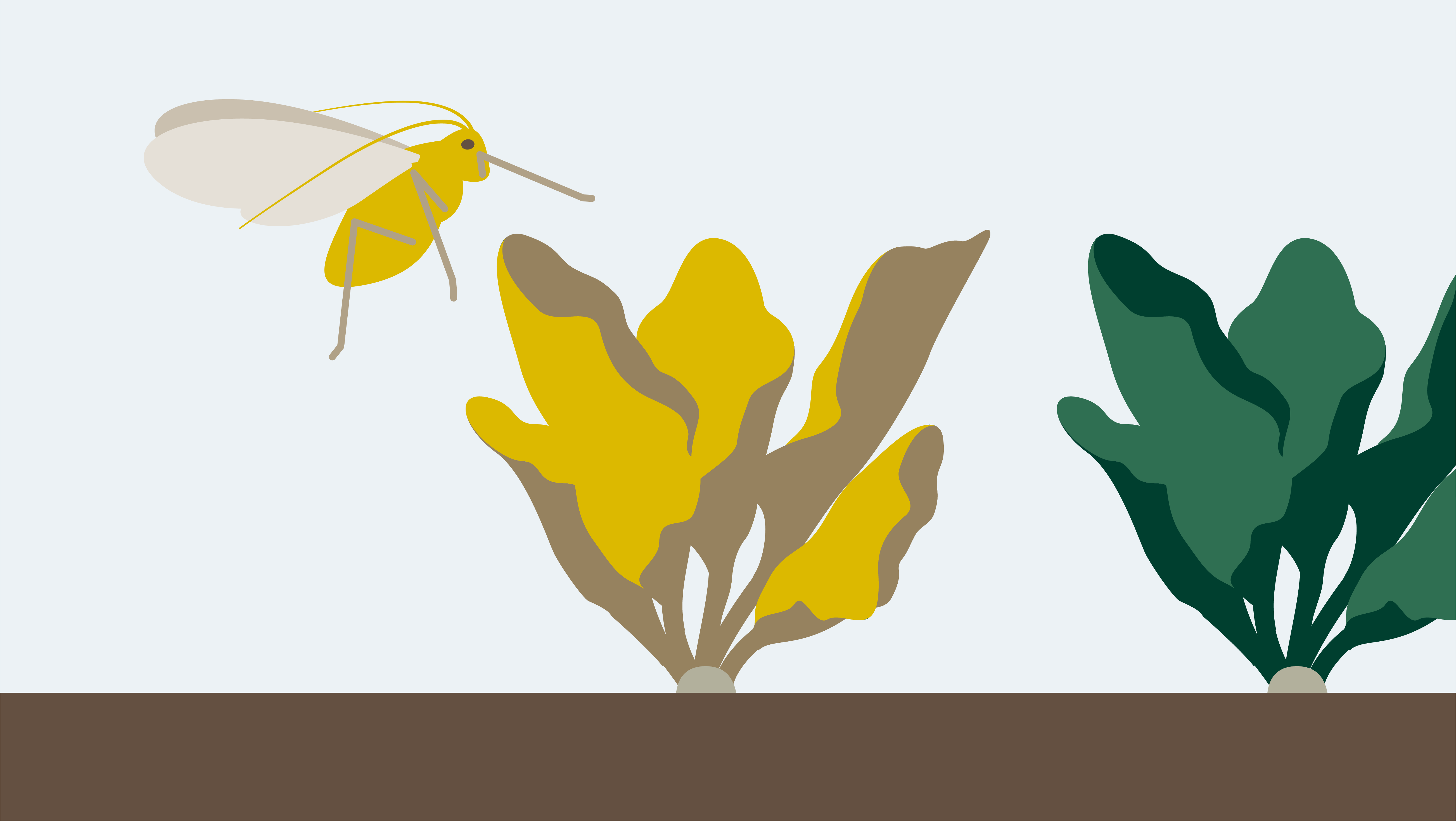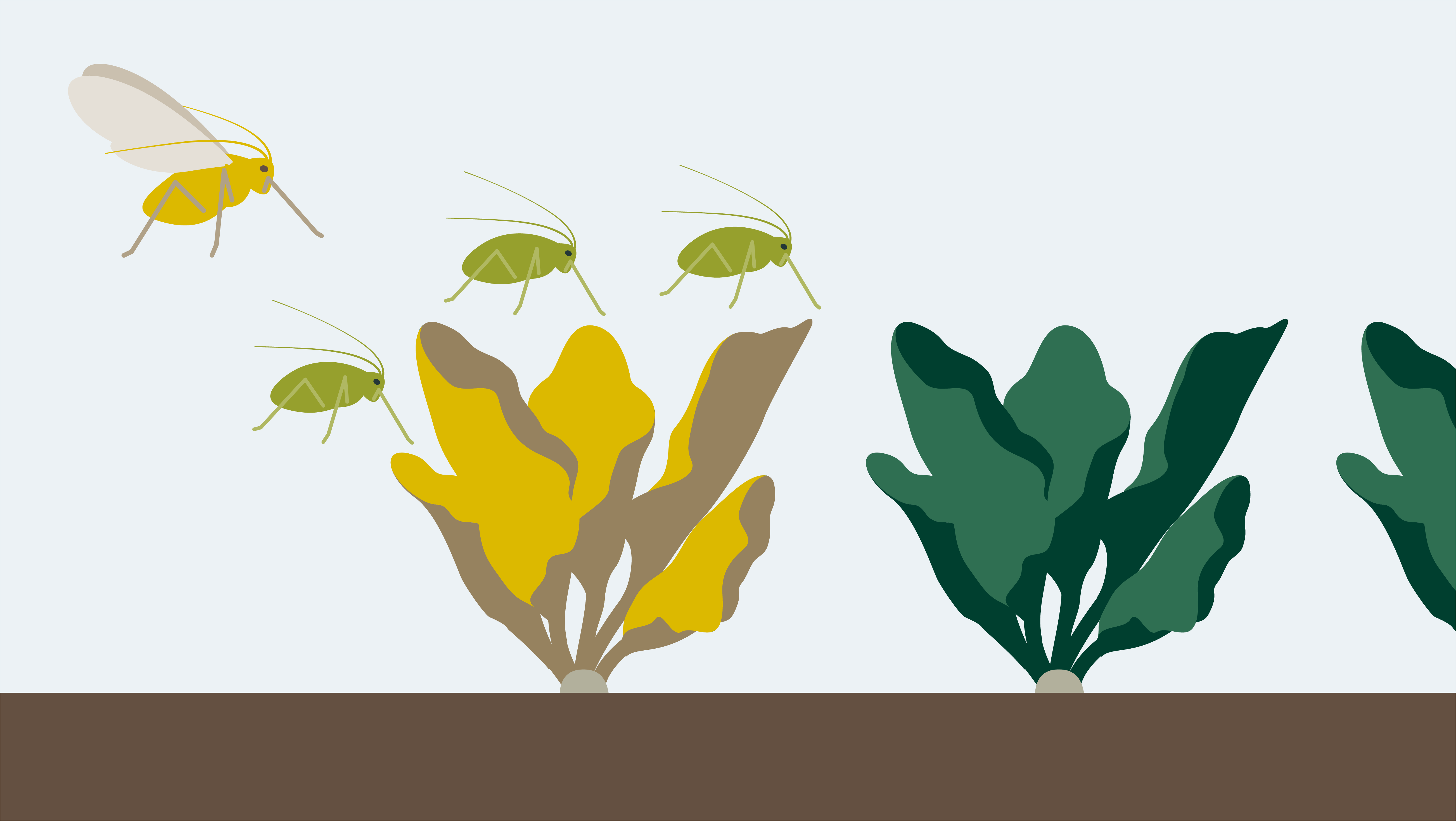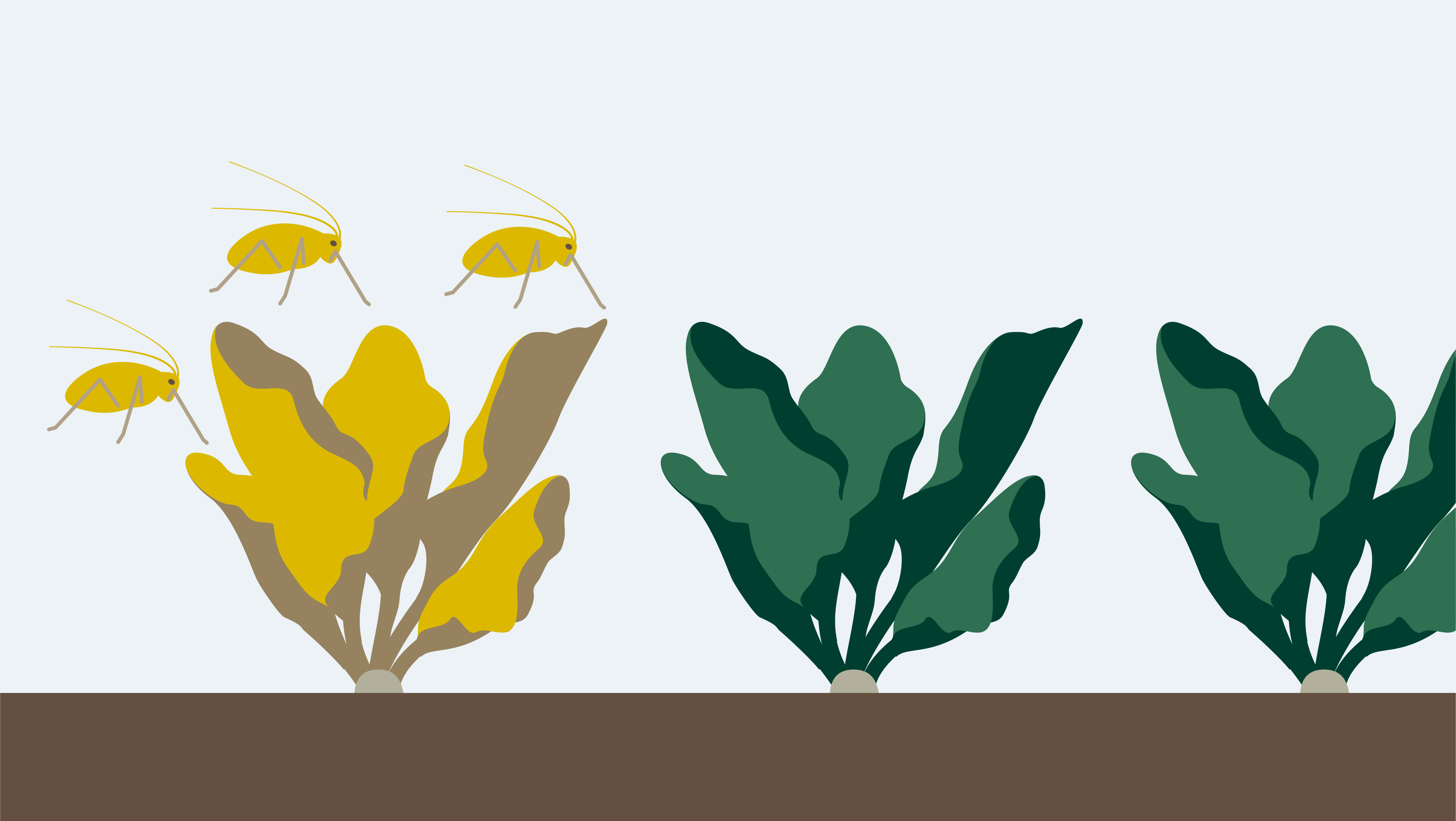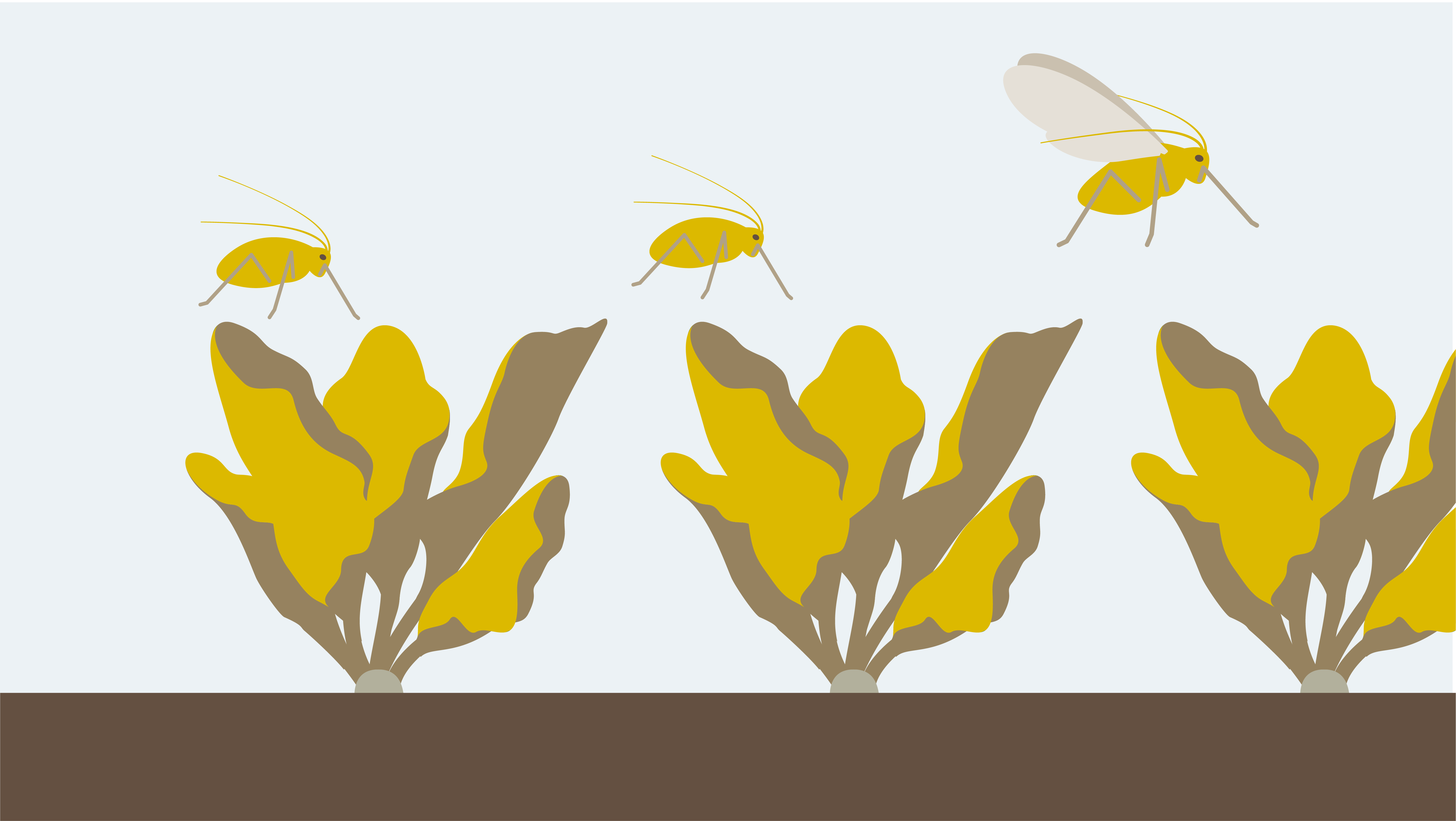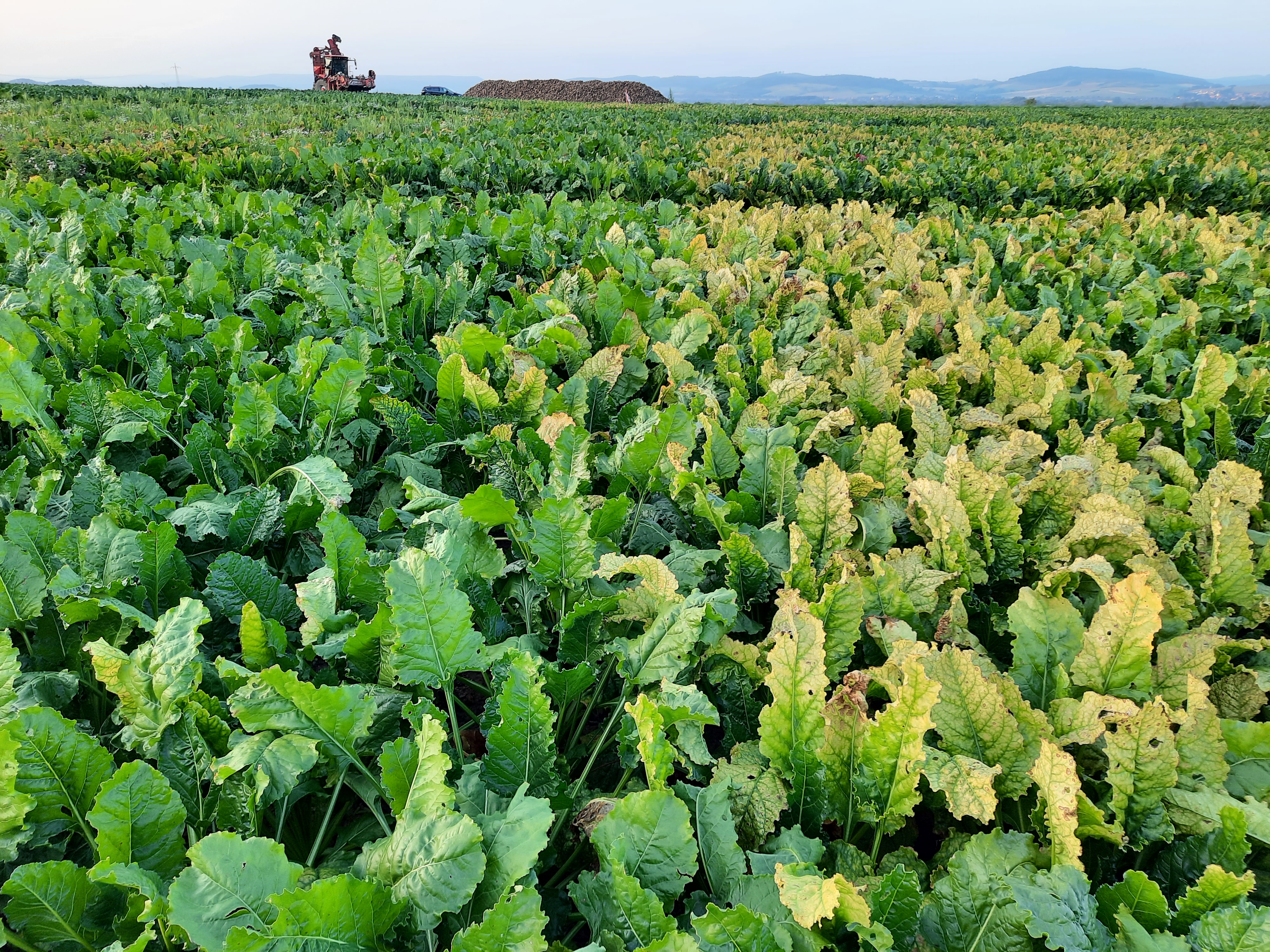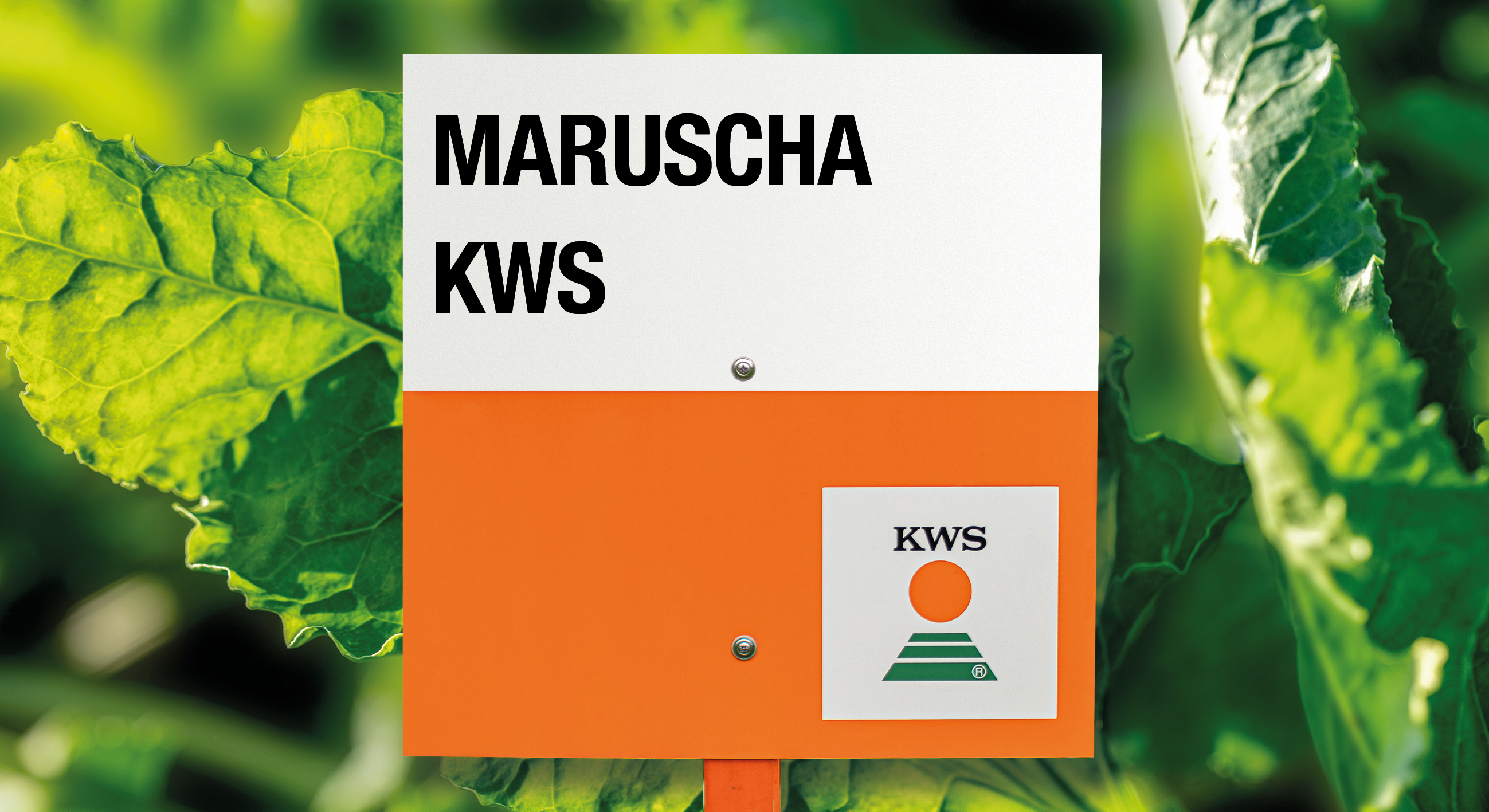The yellow enemy of sugar beet
Virus Yellows is one of the most important diseases that affected sugar beet in the early 70’s. The disease caused severe yield losses and forced many growers to stop cultivation.
With the introduction of seed treatment insecticides to control the aphids that transmit the disease, Virus Yellows lost its importance for many years.
Nowadays, mild winters, associated with the ban of seed treatment insecticides and a lack of solutions to control the aphids as well as the occurrence of insecticide resistance in some aphid’s populations resulted in a coming back of the disease and reintroduced an unwelcomed threat to sugar beet growers in many countries.
Symptoms
Virus Yellows disease appears in the fields as circular yellow patches. The outer leaves of infected plants are yellow between the veins, and the leaves become thicker and brittle.
The disease can cause up to 50% yield losses reducing the photosynthetic area of the leaves and impacting the yield and the sugar content of the beets.
It is a viral disease, and it is transmitted by different species of aphids.

Main symptom - Yellowing of the leaves between the veins

Vectors of Virus Yellows
Even though the disease can be transmitted by other aphids, the most important ones are the Peach Potato Aphid (Myzus persicae) and the Black Bean Aphid (Aphis fabae). Both aphids can live in host plants such as weeds and migrate to fields right after the plant's emergence.
The aphids can be carriers of different types of viruses, and the identification of the type of virus present in the field can only be done in the laboratory.

Main vectors - Peach Potato Aphid (left) Black Bean Aphid (right)

Types of Viruses
Virus Yellows is an umbrella name for similar symptoms caused by three different types of viruses:
The transmission, severity and symptoms of the disease depends on the virus that is present. Also, more than one type of virus can be present causing mixed infections.
Virus Yellows can be present in many different host plants (weeds, spinach, unharvested beets, amongst others).
Disease Management
Mild temperatures during fall and winter, associated with a lack of insecticide options for aphid control can favour an increase in aphids’ population, posing a threat to sugar beet fields.
Even if aphids are present, they still might not be carriers of the virus, and other measures on an integrated disease control program can help.
Control
Good weed control with well-timed herbicide applications and the control of unharvested beets is crucial to eliminate the green bridge that.
Germination
The transmission of the virus is easier during the first stages of sugar beet development. Ensuring fast germination and establishment of the field, with the use of high-quality seeds is very important.
Insecticide
Whenever possible, the application of insecticide seed treatments to control the aphids during the establishment of the fields can help to control the disease.
Monitoring
The monitoring of the crop, and information on aphid population and appearance, can help on the decision if an insecticide application is needed.
KWS is working through its research program on the development of tolerant sugar beet varieties to protect further against Virus Yellows infection. But until those varieties are fully available, the awareness and knowledge about the disease, as well as the use of other control measures are crucial to prevent Virus Yellows to become as detrimental to sugarbeet as it was in the past.
Virus Yellows Protect: Minimize risk, optimize performance
MARUSCHA KWS
The first breeding solution aganist Virus Yellows
Discover more
Want to know how to identify the virus present in your field?
KWS can help you! Contact our sales representative / AgroServices Specialist to know more about sending a leaf sample to our labs.

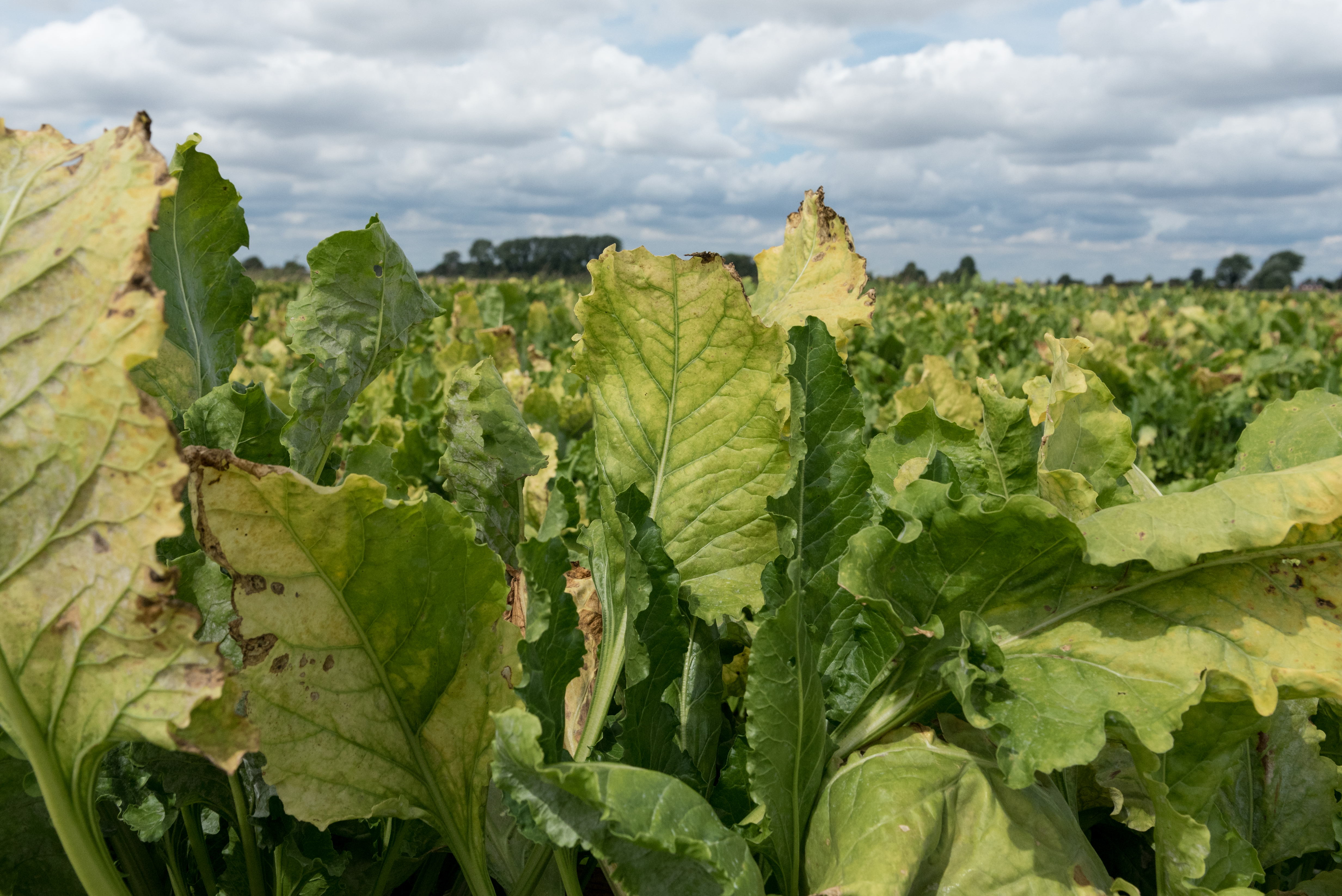
.jpg)
